The Dazzle Is In The Details
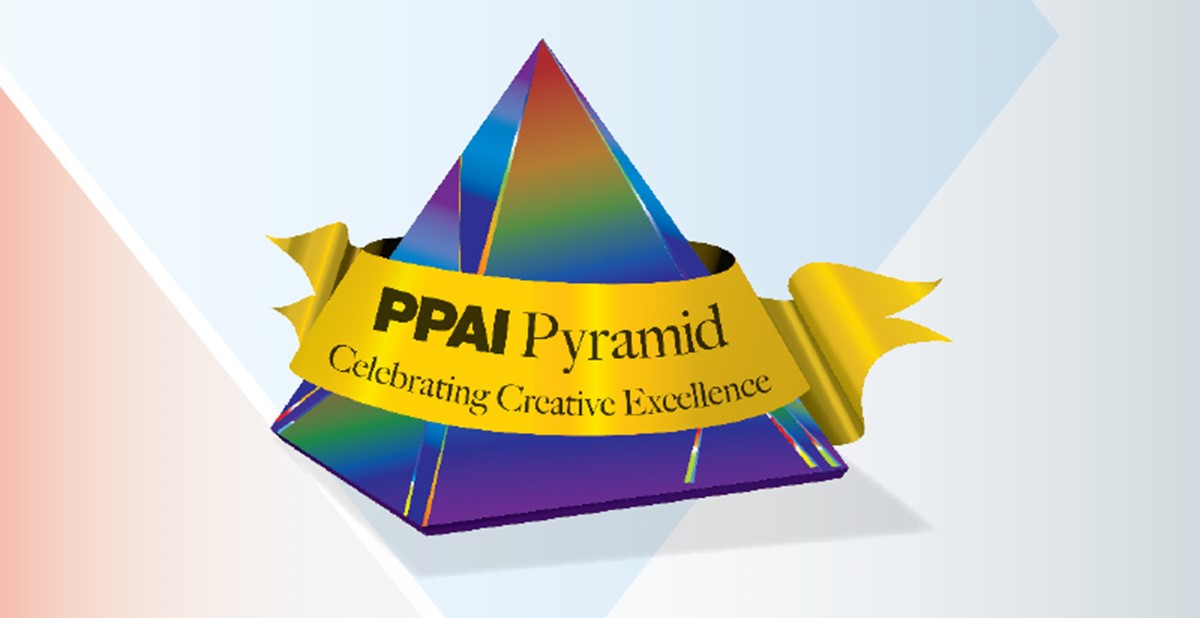
It’s not surprising that recipients of promotional products overwhelmingly enjoy receiving them, use them often, keep them—sometimes for years—and can easily recall the name of the advertiser on the product. After all, promotional products are attractive, useful items that fill a need in people’s lives.
But there’s more to the unique appeal of a promotional product than meets the eye. Behind that smartly embroidered polo, four-color lunch tote, etched, hand-painted glass jar or custom lenticular mailer is an extremely high level of expertise in product development, design, decoration and craftsmanship.
At the 2019 PPAI Expo, 56 PPAI Pyramid Awards in Supplier Decorating were presented to 23 industry suppliers to recognize their exceptional talent in new product innovations and in developing and executing a variety of decorating processes.
“A Pyramid is the quintessential, top-of-the-line award—the Oscar of our industry. It’s the highest recognition a supplier can win,” says Brad Bartlett, president and owner of Dallas, Texas-based supplier Optigraphics, who has won 16 of the coveted awards. This year alone, the company won seven Pyramids for projects such as a full-wrap, lenticular book cover and a point-of-purchase display that used offset printing, foil lamination, screen-printing of a high-profile coating and hand assembly.
“Winning a Pyramid gives you instant and sustainable credibility among your peers, customers and in the industry,” he says. “At the show, people will come by [your booth] to see what you won. The halo effect lasts for 30-90 days after the show. Long term, it put us in the same stratosphere as some of the really big suppliers.”
Supplier My Green Bag! has won 10 Pyramids for decorating since the program began; this year its winning entries included a custom polyester beach bag decorated with a sublimation process. The original art included fine details, vibrant tone variations and edge-to-edge decoration which were replicated perfectly. “The products we do are pretty unique and spectacular,” says Dominic Demers, owner of the Carignan, Quebec-based supplier. “It gives us a lot of credibility with clients. It’s such a big market and the fact that we’re in Canada means smaller distributors in the U.S. may not know our product.”
Jim Ristuccia, CEO of A+ Wine Designs in San Diego, California, winner of four Pyramids just this year, says winning a PPAI Pyramid in supplier decorating validates the work of his entire team. “It’s great to get the recognition that we’ve created something noteworthy beyond just getting a ‘thank you’ from the customer. As a small company, it’s very empowering to know how well our creativity and artistry stacks up against much bigger companies in the industry. That we can do better than companies 100 times our size is pretty cool.”
See this year’s stunning winners on the following pages and consider entering the next competition, which opens in late Spring 2020.

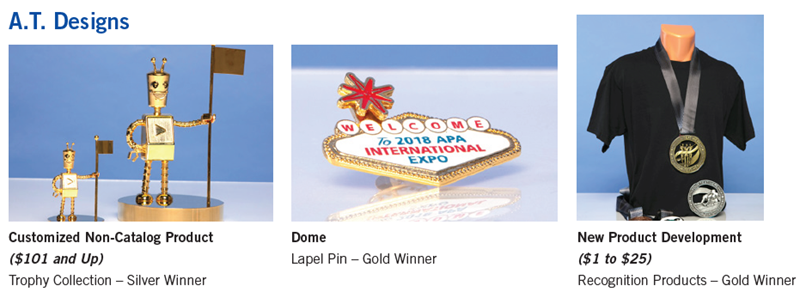
––––––––––––––––––––––––––––––––––––––––––––––––––––––––––––––––––––––
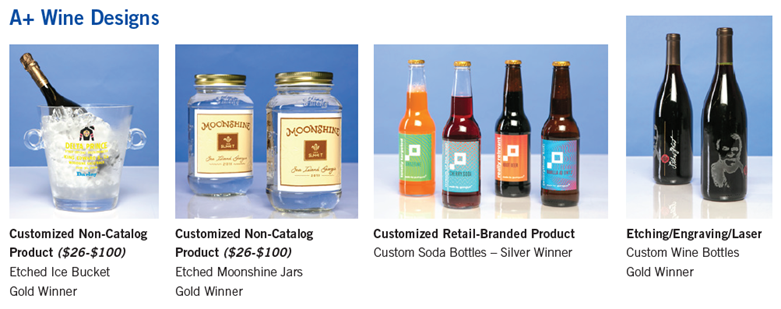
––––––––––––––––––––––––––––––––––––––––––––––––––––––––––––––––––––––
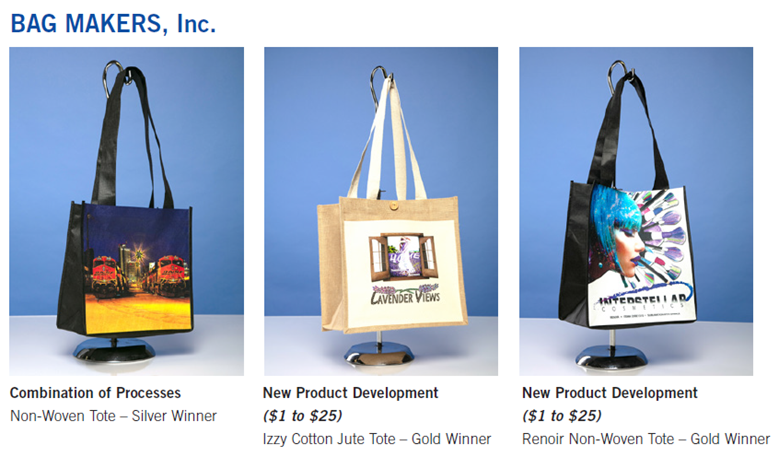
––––––––––––––––––––––––––––––––––––––––––––––––––––––––––––––––––––––
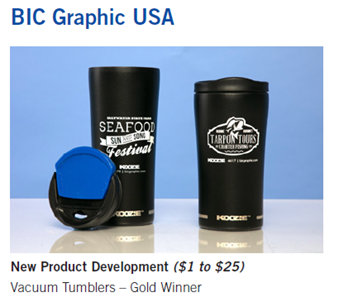
––––––––––––––––––––––––––––––––––––––––––––––––––––––––––––––––––––––
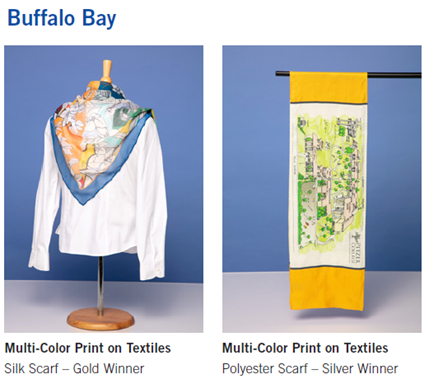
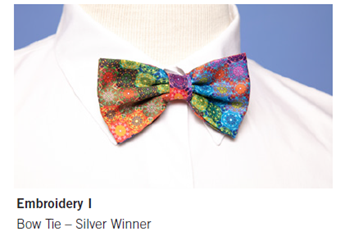
––––––––––––––––––––––––––––––––––––––––––––––––––––––––––––––––––––––

––––––––––––––––––––––––––––––––––––––––––––––––––––––––––––––––––––––
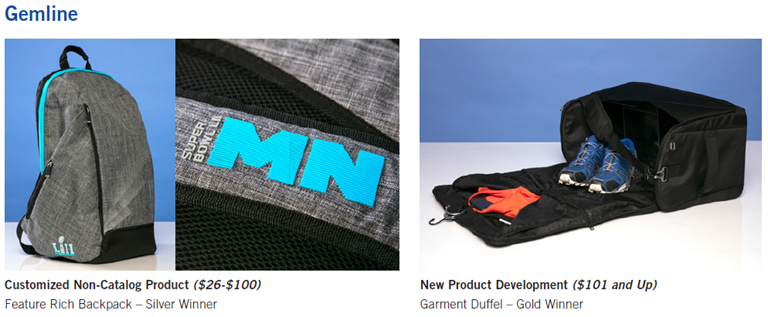
––––––––––––––––––––––––––––––––––––––––––––––––––––––––––––––––––––––
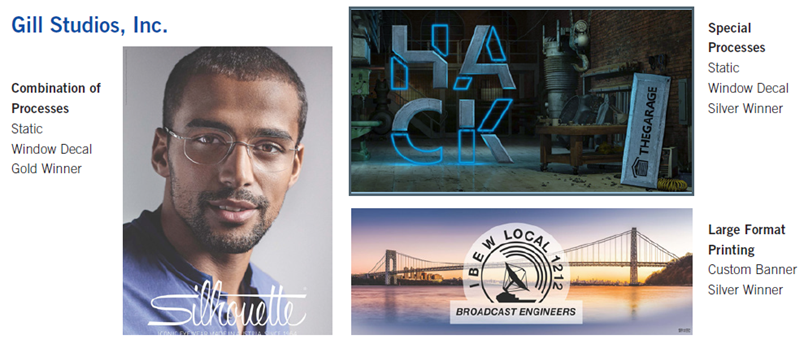
––––––––––––––––––––––––––––––––––––––––––––––––––––––––––––––––––––––
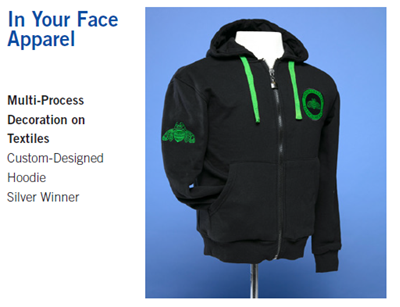
––––––––––––––––––––––––––––––––––––––––––––––––––––––––––––––––––––––
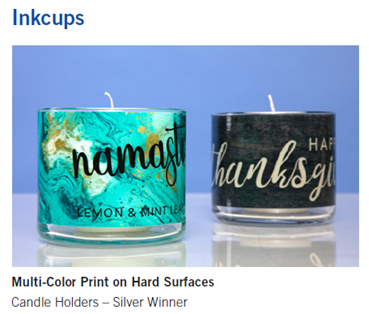
––––––––––––––––––––––––––––––––––––––––––––––––––––––––––––––––––––––
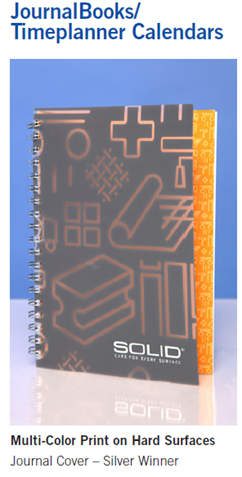
––––––––––––––––––––––––––––––––––––––––––––––––––––––––––––––––––––––
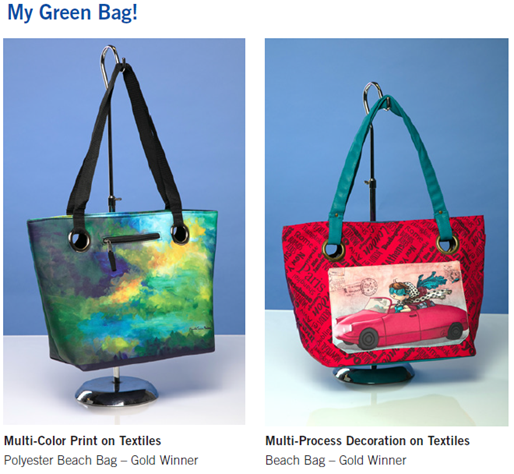
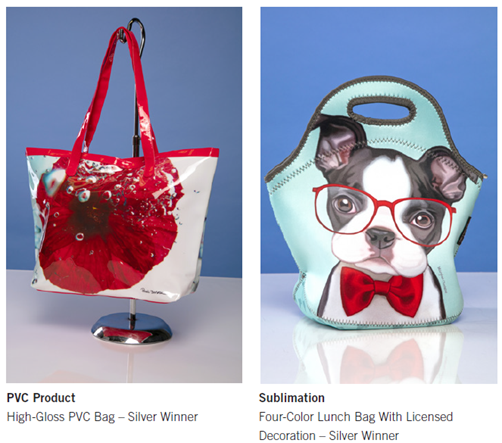
––––––––––––––––––––––––––––––––––––––––––––––––––––––––––––––––––––––
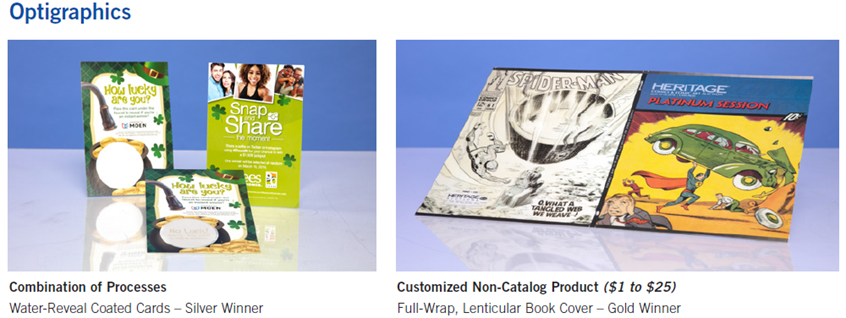

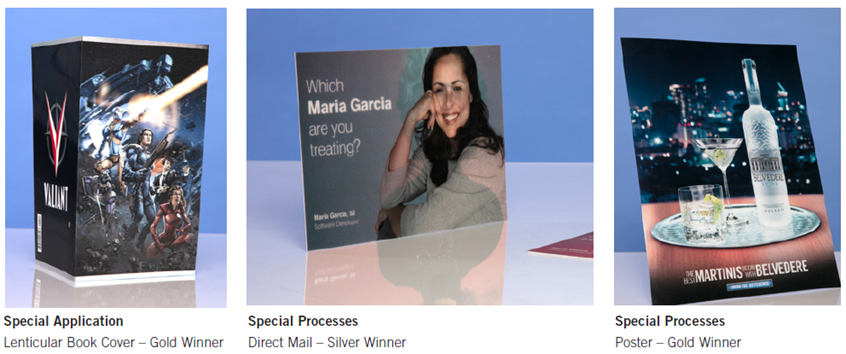
––––––––––––––––––––––––––––––––––––––––––––––––––––––––––––––––––––––
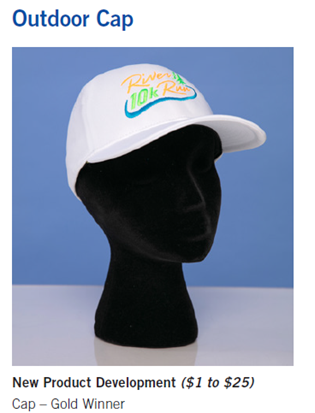
––––––––––––––––––––––––––––––––––––––––––––––––––––––––––––––––––––––
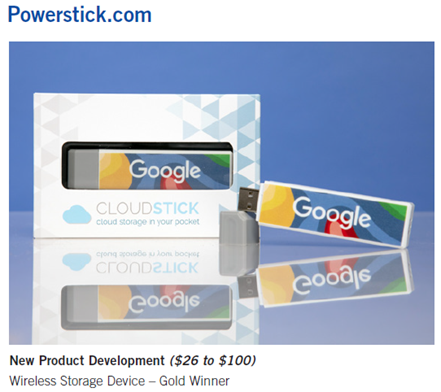
––––––––––––––––––––––––––––––––––––––––––––––––––––––––––––––––––––––
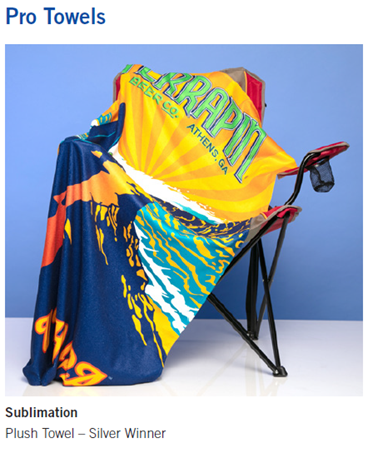
––––––––––––––––––––––––––––––––––––––––––––––––––––––––––––––––––––––
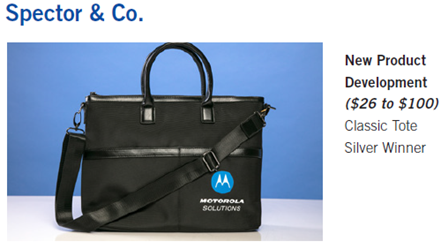
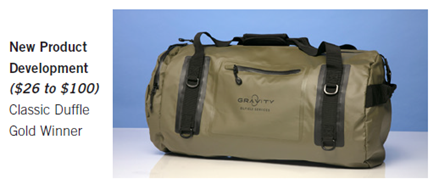
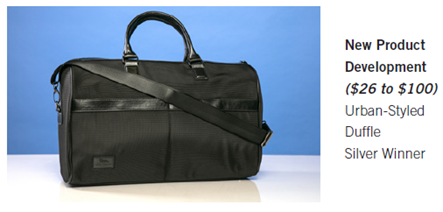
––––––––––––––––––––––––––––––––––––––––––––––––––––––––––––––––––––––
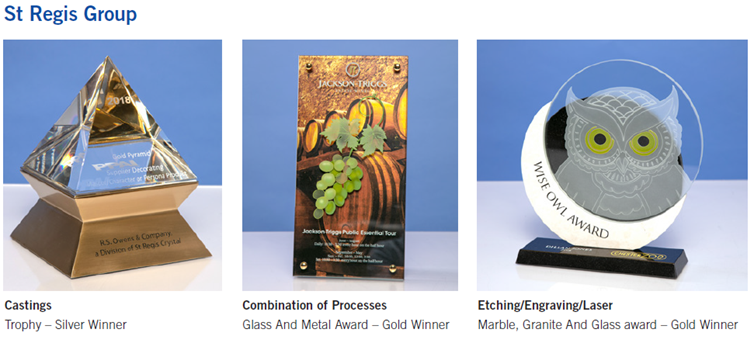
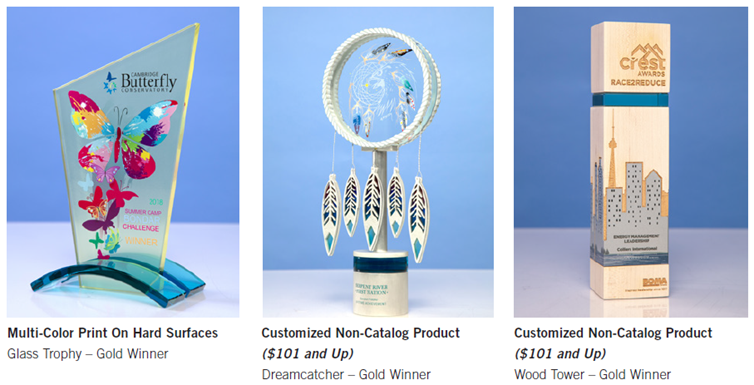
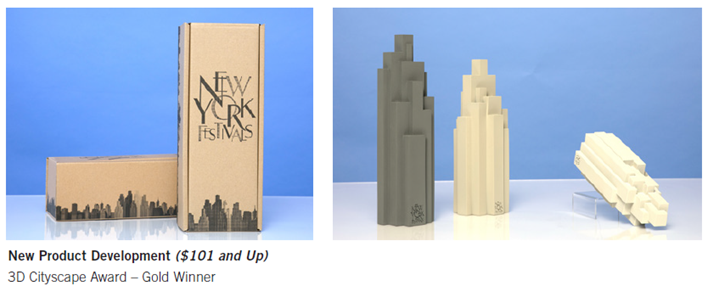
––––––––––––––––––––––––––––––––––––––––––––––––––––––––––––––––––––––
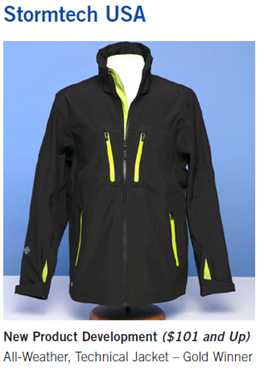
––––––––––––––––––––––––––––––––––––––––––––––––––––––––––––––––––––––
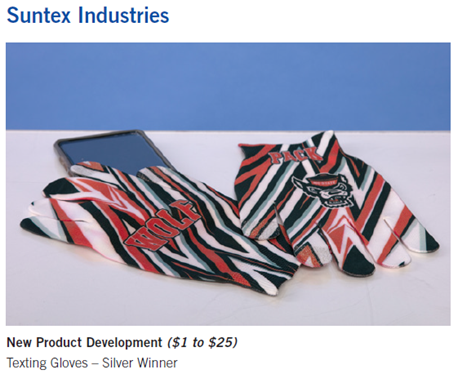
––––––––––––––––––––––––––––––––––––––––––––––––––––––––––––––––––––––
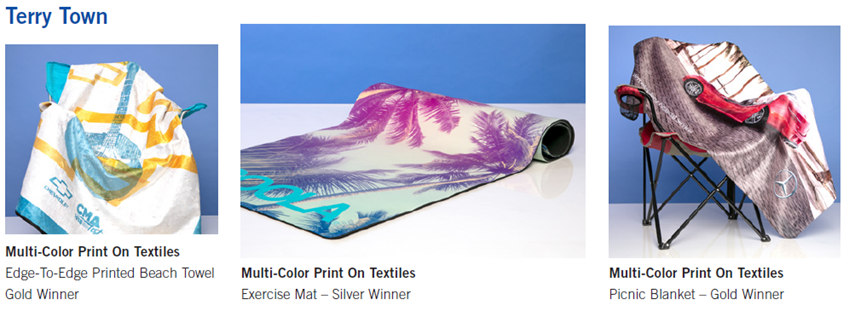
––––––––––––––––––––––––––––––––––––––––––––––––––––––––––––––––––––––
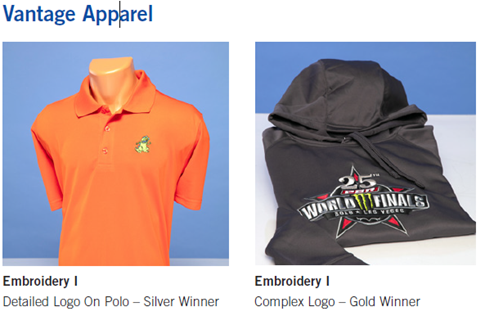
––––––––––––––––––––––––––––––––––––––––––––––––––––––––––––––––––––––
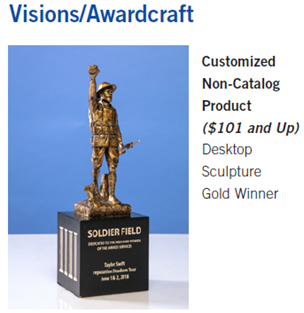
––––––––––––––––––––––––––––––––––––––––––––––––––––––––––––––––––––––
![]()
PPB went straight to some of the most ‘decorated’ Pyramid award winners to find out how to successfully submit an entry in the competition.

Select the right product. “Look at your body of work and ask, ‘What is Oscar-worthy?’” says Brad Bartlett of Optigraphics. “If it’s just the run of the mill—it’s not going to win. You’ve got to have something truly unique.”

Don’t assume the judges understand what is involved in producing the piece. “Be very detailed in your write-up, noting who, what, when, where, why and how. You have to paint a picture for the judges, including the problem to be solved and terms and techniques, so they understand the level of detail required. Be very analytical and detailed in your write-up,” says Bartlett. “Don’t skim over this part—it’s your place to shine.”

Collect documentation all year long. Dominic Demers of My Green Bag! creates a Word document right after he completes a product he thinks is special. He notes all the details needed for a possible entry, saves it in a clearly marked file and stores a sample of the product safely away. Then, when the competition opens, he has all the necessary information and materials at his fingertips.

Demers also recommends not entering too many products just to enter them. “If you’ve got four or five projects you want to enter, don’t try to find a few more just to blow up your numbers. Stick to the ones that are spectacular and make a big impact with them.” Using this approach, he often submits two entries in the same category if the company is a master at that particular process—for example, screen printing, sublimation and innovative new products. “Most of the time when we enter two entries in a category, we win with both.”

Over the course of the year, Jim Ristuccia of A+ Wine Designs and his team make notes on projects that are unique, challenging and showcase different skill sets. He says they submit only the best of the best, so the competition write-ups must showcase detail and creativity, and be clear and engaging.
––––––––––––––––––––––––––––––––––––––––––––––––––––––––––––––––––––––

All three companies make the most of their wins to parlay the recognition into maximum exposure for the company. “We let everyone know by sending out email blasts and press releases,” says Jim Ristuccia of A+ Wine Designs. “We include our award wins in our catalog and on our homepage as well as in our email signatures.”
Dominic Demers at My Green Bag! also includes the awards in his email signature and on the company website. Because the awards are presented at The PPAI Expo, he puts stickers on the winning products on display in his booth, so distributors can view them.
Social media is the promotion tool of choice to promote Pyramid wins for Brad Bartlett at Optigraphics, who has used Twitter, Instagram, Snapchat, Facebook and LinkedIn. “Before the awards are even presented, we have a plan to get photos online right after the presentation. Social media has to be immediate and widespread, and photos taken with an iPhone are fine.” He also adds a list of awards the company has won to his email signature and takes full advantage of the press kit PPAI provides to Pyramid winners that includes a variety of logos and a news release.
––––––––––––––––––––––––––––––––––––––––––––––––––––––––––––––––––––––
Tina Berres Filipski is editor of PPB.

